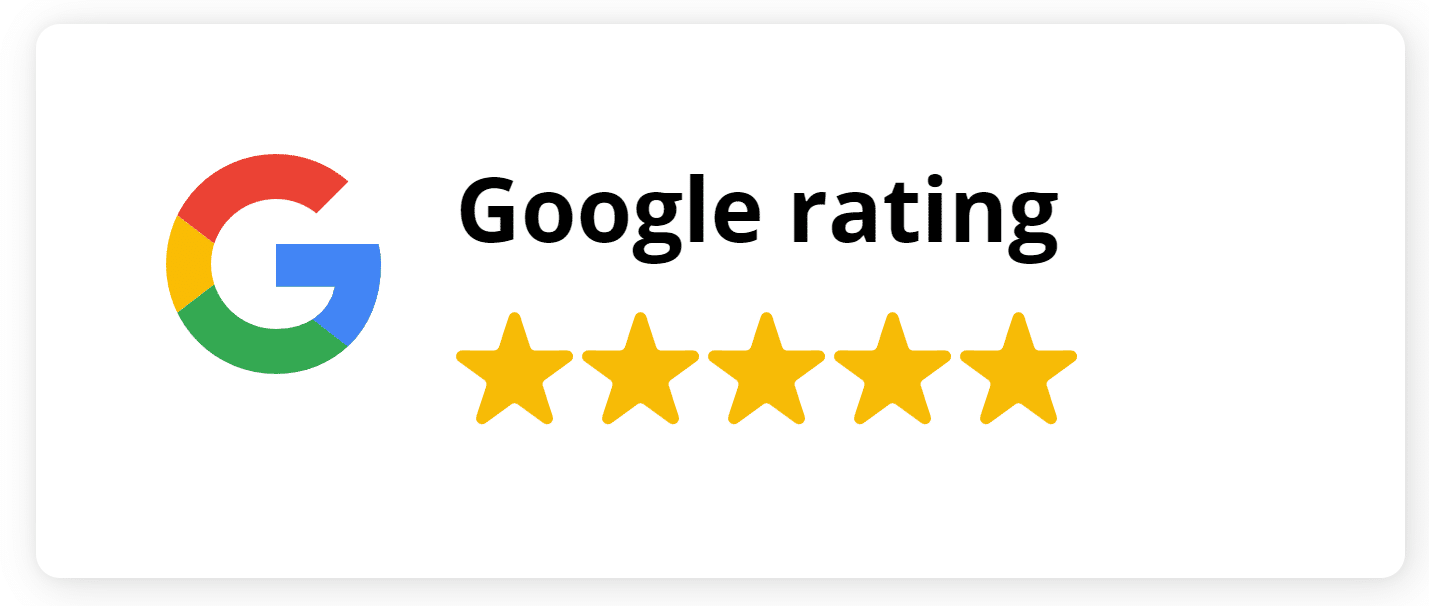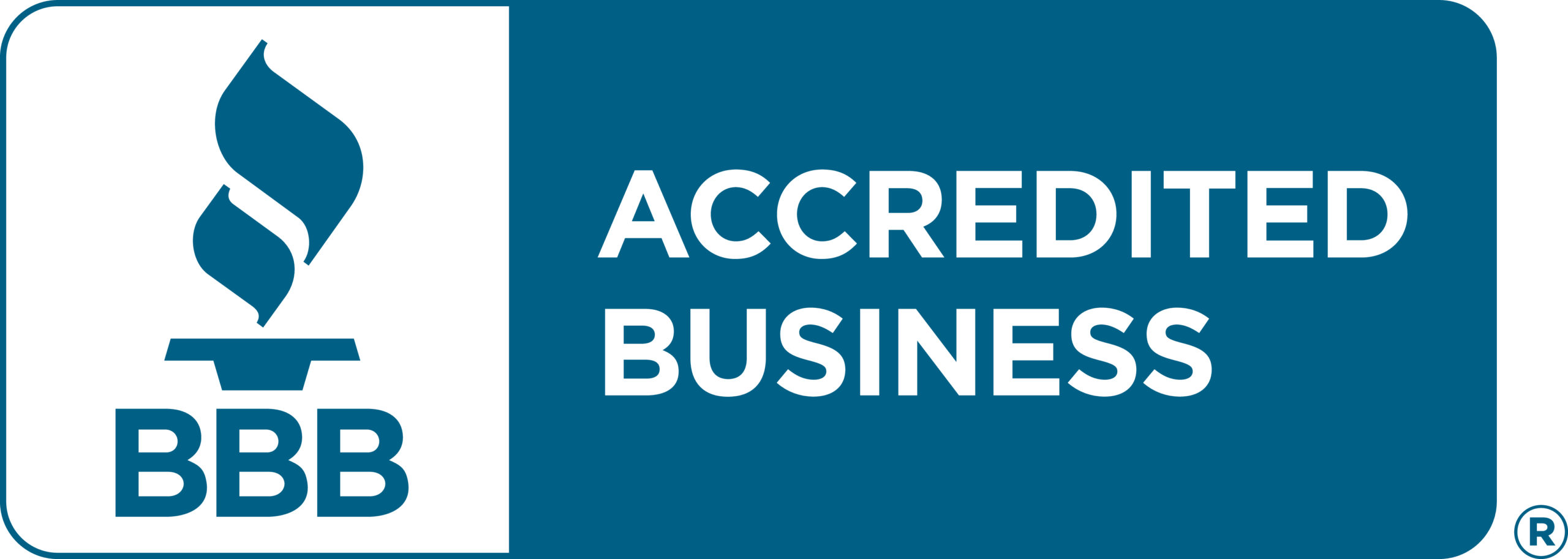Ontario homeowners may face the challenge of managing multiple high-interest loans and credit card balances. Debt consolidation refinancing could offer a practical solution if you’re struggling with this. This approach combines your debts into a single, new mortgage, potentially lowering your monthly payments and reducing the total interest paid over time. By using your home’s equity to consolidate debts, you can simplify your finances and focus on a single monthly payment.
In this guide, we’ll explore debt consolidation refinancing in Ontario. We’ll explain what it is, how it works, and help you determine if it’s the right choice for your financial situation.
What is Debt Consolidation Refinancing?
Debt consolidation refinancing is a financial strategy that helps homeowners manage multiple high-interest debts by combining them into one loan. Specifically, it allows you to use the equity in your home to refinance your mortgage, which then absorbs your other debts, such as credit cards or personal loans. This consolidation into a single, lower-interest mortgage payment can simplify finances, reduce monthly costs, and save money on interest over time. By moving from several payments with varying rates to one mortgage payment, it becomes easier to budget and track payments.

Difference Between Debt Consolidation and Refinancing
- Debt Consolidation: This approach combines multiple debts into one single payment, often reducing the interest rate and simplifying management. The focus is on merging debts, so you only have one monthly payment to manage.
- Refinancing: Refinancing replaces your existing mortgage with a new one, typically offering better terms. This might mean a lower interest rate, a different payment period, or a more manageable monthly payment.
Debt consolidation refinancing merges both concepts by using refinancing to pay off and consolidate other high-interest debts into a new mortgage. As a result, your new mortgage covers both the existing mortgage and the debts you want to consolidate.
Example of Debt Consolidation Refinancing
Suppose you have $20,000 in credit card debt and a $10,000 personal loan, both with high-interest rates. Through debt consolidation refinancing, you refinance your mortgage and use your home’s equity to pay off these debts. Now, instead of managing separate payments, you have just one monthly mortgage payment, typically at a lower interest rate, which simplifies your finances and can save money over time.
How Does Debt Consolidation Refinancing Work in Ontario?
Debt consolidation refinancing in Ontario helps homeowners combine several high-interest debts, like credit cards or personal loans, into a single, lower-interest mortgage payment. Here’s how it works in more detail:
1. Combining Debts
You use your home’s equity to pay off your existing high-interest debts. These debts are merged into your mortgage, so you make only one payment each month.
2. Lower Interest Rates
Typically, mortgage rates are lower than rates on unsecured debts like credit cards. By consolidating through refinancing, you can reduce the interest you’re paying overall, which lowers your monthly financial burden.
3. Extended Repayment Period
Refinancing your mortgage may extend the term of your loan. This means your monthly payments can become smaller, although you may end up paying more in total interest over the life of the loan.
Debt consolidation refinancing can help you manage your debts more easily, but it’s important to evaluate the long-term costs. Be sure to consult with a financial expert to ensure this option is right for you.
Example of Debt Consolidation Refinancing
If you’re managing multiple high-interest debts, debt consolidation refinancing can simplify your payments and save you money. For example, if you carry debts like these
- Credit Card Debt: $30,000 at 18% interest.
- Personal Loan: $10,000 at 12% interest.
In this case, you owe $40,000 in total across different debts. By refinancing your mortgage at a lower rate, such as 6%, you can use your home equity to pay off these higher-interest debts. This reduces the interest you’re paying on the combined $40,000. Instead of managing several debts at high rates, you’ll have one lower-interest mortgage payment. As a result, your monthly payments will likely be smaller, and you’ll save money on interest over time. This approach simplifies your financial situation and makes it more manageable.
Benefits of Debt Consolidation Refinancing
Debt consolidation refinancing offers multiple benefits for homeowners looking to simplify and manage their finances. Here’s how it works for you:
1. Lower Interest Rates
By consolidating high-interest debts into your mortgage, you can typically secure a lower interest rate compared to credit cards or personal loans. This reduces your total interest payments. Over time, these savings can add up significantly, freeing up more of your income for other financial priorities.
2. Simplified Payments
Instead of managing multiple debts with different due dates and interest rates, you’ll only have one mortgage payment. This simplifies tracking and reduces the risk of missed or late payments, helping you stay organized and avoid late fees.
3. Reduced Monthly Payments
Refinancing usually leads to lower monthly payments because of the lower interest rate and extended repayment terms. This provides more room in your budget for other expenses or savings, making it easier to manage day-to-day finances.
4. Credit Score Boost
Paying off high-interest credit card debt can reduce your credit utilization ratio, which is a key factor in your credit score. Over time, this can lead to a healthier credit score, improving your ability to qualify for better loan terms or other financial opportunities in the future.
5. Faster Debt Reduction
Lower interest rates mean that more of your payment goes toward the principal balance of your debts rather than just covering interest. This helps you pay off your debt faster, even if your payment amounts remain the same, accelerating your path to financial freedom.
Overall, debt consolidation refinancing can often simplify your financial obligations, save money, and put you on the road to better financial health. However, it’s important to consider the long-term impact and ensure it aligns with your financial goals.
Risks of Debt Consolidation Refinancing
While debt consolidation refinancing can provide financial relief, there are important risks to consider, especially for Ontario homeowners:
1. Risk of Foreclosure
When you consolidate unsecured debts like credit cards into your mortgage, your home becomes collateral. In Ontario, if you fail to meet mortgage payments, you risk foreclosure, which means losing your home.
2. Extended Repayment Terms
Refinancing often extends the loan term, lowering monthly payments but increasing the length of time you’re in debt. For example, a 20-year mortgage might extend to 25 years, meaning you’ll pay interest over a longer period.
3. Higher Long-Term Interest Costs
Although refinancing can reduce monthly payments, extending the repayment period means paying more in interest over the life of the loan. For instance, a mortgage extended by 5 years could significantly increase the total interest.
4. Closing Costs and Fees in Ontario
Refinancing in Ontario comes with costs such as legal fees, broker fees, appraisal fees, and mortgage discharge fees. These fees can add up to several thousand dollars, which might reduce the overall savings from lower interest rates. Common closing costs in Ontario range from $1,500 to $10,000, depending on the complexity of the refinancing.
5. Spending Habits
While consolidating debt may offer immediate relief, it doesn’t address underlying spending habits. Without a plan to manage finances, there’s a risk of accumulating new debt.
6. Mortgage Penalties
In Ontario, some mortgage agreements include penalties if you refinance before the term ends. Make sure to check your current mortgage terms, as these penalties can be substantial.
Have questions or concerns about refinancing risks?
We can discuss if debt consolidation refinancing is suitable for your situation and refer you to a broker to start the process.
👉 Get a Free Consultation
Mortgage Refinancing for Debt Consolidation
Mortgage refinancing for debt consolidation is a way to take the high-interest debt you’re carrying (like credit card balances or personal loans) and combine it into one mortgage with a lower interest rate. This approach can simplify your finances, lower monthly payments, and ultimately make debt more manageable. Let’s explore the key parts of this process, including who qualifies, how to get approved, and what the benefits are.
Eligibility for Mortgage Refinancing in Ontario
To qualify for debt consolidation refinancing, Ontario lenders evaluate certain criteria to ensure borrowers are in a stable financial position. Here are the key factors:
- Loan-to-Value (LTV) Ratio: Lenders typically allow refinancing up to 80% of the home’s appraised value. This LTV limit ensures that homeowners keep a portion of their equity intact, minimizing risk.
- Credit Score: For most lenders, a credit score of at least 660 is preferred for refinancing approval, though some may be flexible based on other factors. A higher score can improve chances of approval and secure better loan terms.
- Debt-to-Income Ratio: Lenders typically prefer a DTI ratio below 44%, as this signals financial stability and the ability to handle additional payments. A lower DTI ratio suggests manageable existing debt, which is a positive factor for lenders.
- Income Verification: Lenders will request documentation such as pay stubs and tax returns to confirm a steady income source, ensuring you can meet the new mortgage payment requirements.
If you’re uncertain whether you meet these requirements, speaking with a mortgage advisor can help clarify things before applying.
Steps to Getting Approved for a Debt Consolidation Mortgage
Once you know you’re eligible, it’s time to prepare for the refinancing approval process. Here’s a step-by-step guide to get you started:
- Gather Your Financial Documents: Prepare essential documents such as recent pay stubs, tax returns, and a list of your current debts. Being organized from the start can make the process smoother and quicker.
- Find a Lender with Debt Consolidation Experience: Not all lenders are familiar with debt consolidation refinancing. Working with a lender who understands this process can help you avoid common obstacles and make sure you’re informed about each step.
- Evaluate Your Home’s Equity: Before applying, make sure you have enough equity in your home (generally at least 20% after refinancing). The more equity you have, the better your chances of getting approved and securing favourable terms.
- Boost Your Credit Score if Possible: A higher credit score can improve your chances of approval and lead to better interest rates. Simple steps, like paying down current debts and avoiding new credit applications, can help increase your score.
- Get Pre-Approved: This step can give you an idea of the loan terms you qualify for, helping you plan better for the refinancing process and any costs involved.
With these preparations, you’ll be in a better position to get approved for a debt consolidation mortgage that aligns with your financial goals.
Key Benefits of Combining Debts into a Mortgage
Refinancing for debt consolidation offers several advantages, making it a worthwhile option for many homeowners. Here’s how it can help:
- Lower Interest Rates: Mortgage rates are often much lower than the interest rates on credit cards or personal loans. By consolidating these debts into a mortgage, you save money on interest payments over time.
- Simplified Debt Management: Managing one mortgage payment each month is simpler than keeping track of multiple due dates and interest rates. This consolidation makes it easier to stay organized and avoid missed payments.
- Improved Monthly Cash Flow: Refinancing can reduce your monthly payment, giving you more breathing room in your budget for other expenses or saving goals.
While refinancing to consolidate debt can offer these benefits, it’s important to weigh them against any long-term costs or risks, like extending your loan term or paying additional interest over time.
Private Lenders vs. Traditional Lenders for Debt Consolidation in Ontario
When exploring debt consolidation refinancing options in Ontario, choosing between private lenders and traditional lenders, like banks is essential. Each option has unique advantages and challenges. Here’s a breakdown to help you determine which fits your financial situation best.
| Criteria | Private Lenders | Traditional Lenders (Banks & Credit Unions) |
| Qualification Requirements | More lenient with lower credit score requirements and flexible income history. Ideal for those with past credit issues. | Stricter requirements: generally need a stable income, a credit score 620+ is typically required, and a manageable debt load. |
| Interest Rates & Fees | Typically higher rates and additional fees, like loan origination charges. Shorter-term loans often lead to higher monthly costs. | Lower interest rates with minimal fees. Better for long-term debt consolidation as it results in lower total costs. |
| Repayment Terms | Shorter terms, meaning faster debt repayment but higher monthly payments. Can be good if managed carefully. | Longer terms available, which can lower monthly payments, but may lead to higher interest costs over time. |
| Long-Term Financial Impact | Can be a temporary fix for immediate debt relief but may cost more if extended long-term due to higher interest rates. | Lower interest rates and structured terms provide a stable, affordable debt consolidation solution for sustained financial health. |
When to Choose a Private or Traditional Lender
Choosing between private and traditional lenders depends on your financial situation and debt management goals. Here’s a breakdown to help you make the best choice:
- Private Lenders: Private lenders are ideal if you need funds quickly and may not qualify for traditional lending due to a low credit score or inconsistent income. They often have flexible requirements and can provide a short-term solution, though usually at higher interest rates and with shorter repayment terms. This option may suit you if you’re confident in handling higher monthly payments to pay down debt more quickly.
- Traditional Lenders: Traditional lenders, like banks, typically offer more favourable interest rates and lower fees, making them a cost-effective choice for long-term debt management. However, their requirements are generally more strict, favouring applicants with stable income, strong credit, and a manageable debt load. This option may be best if you qualify for lower rates and prefer predictable monthly payments over an extended period.
It is recommended to consult with a mortgage broker or a financial expert to discuss your circumstances.
How to Calculate the Total Cost of Debt Consolidation Refinancing
Debt consolidation refinancing can help combine multiple debts into one manageable loan with lower interest rates. However, to make an informed decision, knowing the actual costs is important. Here’s a high-level breakdown:
1. Add Up Your Debts
- Total Amount Owed: Start by listing all the debts you plan to consolidate, like credit cards or personal loans. The sum is your refinancing loan amount.
2. Determine the Interest Rate
- Loan Interest Rate: Your interest rate determines how much you’ll pay to borrow. Generally, secured loans like mortgages offer lower rates, while private loans may be higher.
3. Account for Fees and Costs
Debt consolidation refinancing often involves one-time fees. While these can vary depending on the lender and loan conditions, here’s a breakdown of the common costs you might encounter:
- Appraisal Fee: This fee covers the cost of a professional assessment of your home’s current market value, required by lenders to determine loan eligibility. Appraisal fees usually range between $300 and $500.
- Legal Fees: Documentation and legal processing fees ensure all refinancing documents meet provincial regulations and standards. Legal fees typically range from $750 to $1,250, though they can vary depending on the complexity of the refinancing.
- Mortgage Discharge Fee: If you’re switching lenders, you may need to pay a discharge fee to release your existing mortgage. This fee often ranges from $200 to $350, depending on your lender and location.
- Mortgage Penalty Fees: Some mortgage agreements include penalties if you refinance before the term ends. Make sure to check your current mortgage terms, as these penalties can be substantial.
- Mortgage Broker Fees: You may be required to pay your mortgage broker their fees if you choose to use their services.
4. Choose Your Loan Term and Monthly Payments
- Monthly Payment Calculation: Your loan term will impact monthly payments. A longer term results in lower payments but higher total interest, while a shorter term means higher payments but saves on interest.
5. Calculate Your Total Cost
You can use online tools such as debt Consolidation calculator to calculate your total debt. Please be aware that this calculator is for the United States, and each person’s circumstances will be different. It is recommended to consult with a mortgage broker or a financial expert to discuss your circumstances.
What Happens if You Default on a Consolidation Loan?
Defaulting on a debt consolidation loan, whether secured by assets (like a mortgage refinance) or unsecured, can have significant financial and legal consequences. Below is an outline of what you can expect if you’re unable to make your loan payments on time.
Immediate Consequences of Default
- Late Fees and Penalties: Missing a payment typically triggers late fees, which increase the total amount you owe and can make catching up on payments harder. These penalties vary by lender and may accumulate with each missed payment.
- Interest Accumulation: Unpaid interest on missed payments adds up quickly, raising your debt even further. Higher balances mean more interest, which compounds over time, making it increasingly difficult to bring your payments current.
These immediate effects may seem manageable at first but can escalate quickly, increasing your debt burden and making future payments harder to meet.
Long-Term Financial Impact
- Credit Score Impact: Defaulting on a loan negatively affects your credit score, as missed payments are reported to credit bureaus. A lower credit score can make it difficult to qualify for new credit, loans, or even rental housing, and it may result in higher interest rates when you do qualify.
- Collection Actions: After a few missed payments, lenders may turn your debt over to a collection agency, which will likely initiate aggressive collection actions like frequent calls and letters. This process further damages your credit score and adds stress to your financial situation.
- Asset Repossession or Foreclosure: If your consolidation loan is secured by an asset, like your home, defaulting can lead to repossession or foreclosure. In the case of mortgage refinancing, a lender may start foreclosure proceedings, potentially resulting in the loss of your home.
Legal Ramifications
- Foreclosure: For debt consolidation loans that involve home equity or mortgage refinancing, defaulting puts your property at risk. If payments aren’t resumed, lenders can begin foreclosure, a legal process in which they repossess and sell your home to recover the owed amount.
- Court Judgments: For unsecured loans, lenders may take legal action to recover unpaid balances. If a court rules in their favor, they may be able to garnish your wages or place liens on other assets.
Frequently Asked Questions
Can I remortgage to consolidate debt?
Yes, homeowners can remortgage their property to consolidate debt. This process involves refinancing your mortgage to take out a larger loan, which allows you to pay off high-interest debts, such as credit cards or personal loans. It’s a popular method for managing debt more effectively, as it can often lower interest rates and simplify payments.
What happens when you stop paying on a consolidation loan?
If you stop paying on a consolidation loan, you face several serious consequences. Initially, you may incur late fees and see a drop in your credit score. If missed payments continue, lenders may initiate collection actions, which can include legal proceedings or foreclosure if the loan is secured by your home. Understanding these risks can help you make informed decisions about managing your debts.
Conclusion
In conclusion, debt consolidation refinancing can be a helpful option for Ontario homeowners facing multiple high-interest debts. By combining these debts into a single mortgage, you may find it easier to manage payments, reduce overall interest, and create room in your monthly budget. However, it’s essential to weigh potential fees, a longer repayment term, and the commitment of using home equity. Reviewing your financial situation and goals with a financial advisor can provide clarity on whether this approach aligns with your needs and future plans.
If you’re ready to regain financial control, contact us today to learn how debt consolidation refinancing could simplify your finances and support your path to financial stability. Insight Law Professional Corporation is a real estate law firm located in Toronto. Contact a real estate lawyer for the information required for your lending questions.
The information provided above is of a general nature and should not be considered legal advice. Every transaction or circumstance is unique, and obtaining specific legal advice is necessary to address your particular requirements. Therefore, if you have any legal questions, it is recommended that you consult with a lawyer.







